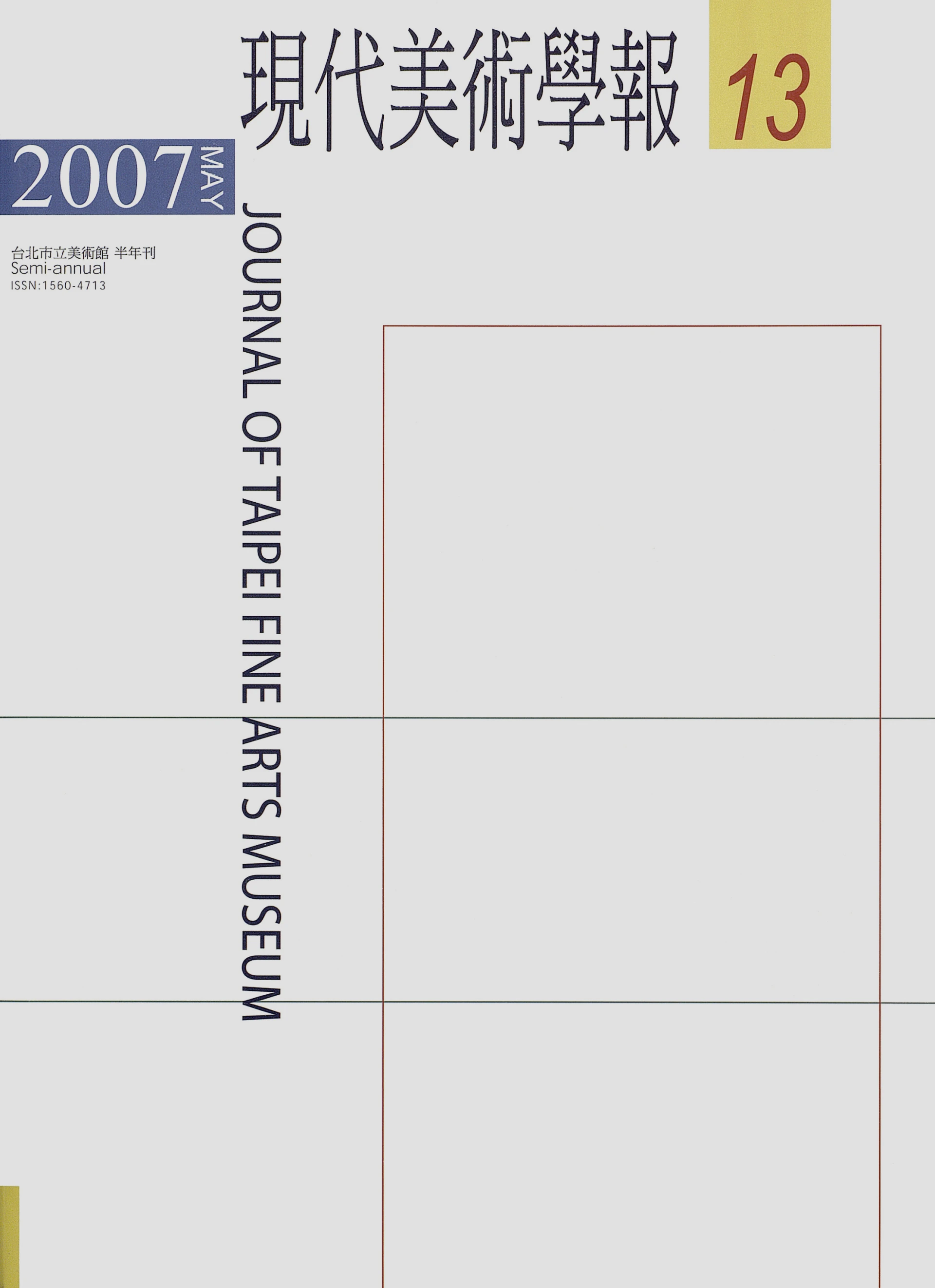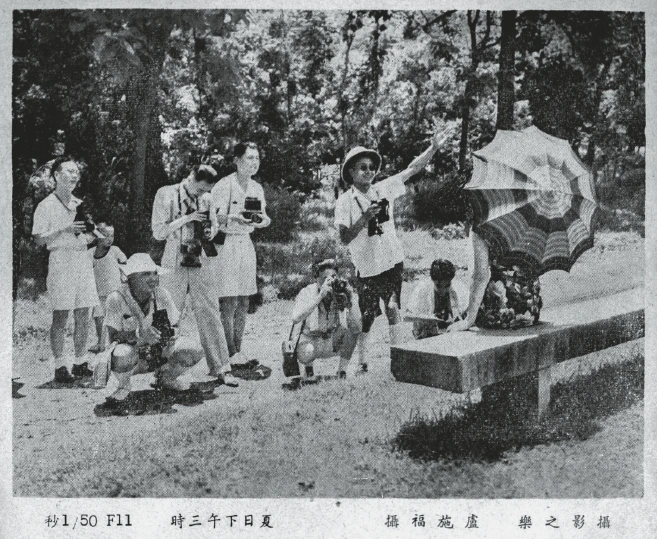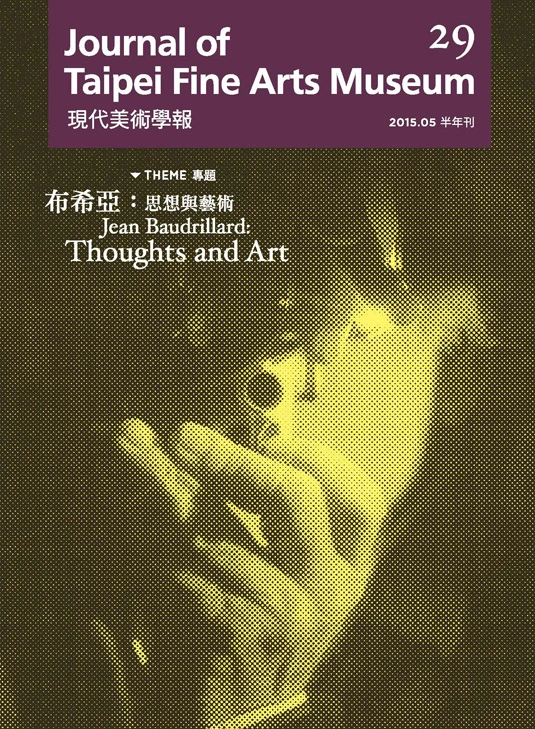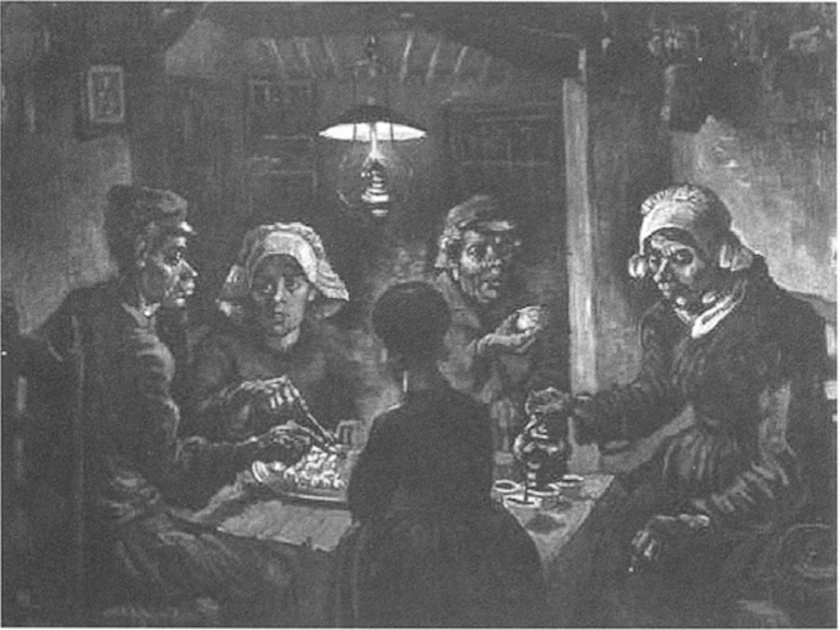摘要
19世紀末至20世紀中葉,亞洲地區的日本、臺灣、朝鮮、中國等國家,在近(現)代化的時代背景之下,逐步形成與開展其國家的現代美術。分析這些國家近代化美術創作中展現出的國族認同、文化衝突、土地情感,甚至面對東西文明衝擊下所造成的矛盾與複雜意識之餘,在政治地理與歷史交疊的時空下,所構築出的近代美術發展路徑,甚至其產生變異的背景,卻往往被忽略,然而,這卻更值得深究。故藉本期「東亞近代美術的開展與折射」專題,集結了探討以日本為首的近代化運動,再由此出發延伸討論官展、博覽會、以日本為捷徑的西洋美術思潮之接引、以至於20世紀初影響文藝創作內涵的泛亞主義思想等的多篇論文;同時加上針對發生在殖民地的美術創作所展開的細膩討論專文等,這些多元的題目,基本上都回應了對於東亞近代那個複雜時代新的關注方向。
由東京藝術大學佐藤道信教授所寫的〈近代日本の「美術」と「美術史」〉(近代日本的「美術」與「美術史」)是一篇非常重要的關於日本或者是東亞近代美術興起背景的核心專文。佐藤從近代日本對於「美術」這個概念、用語的形成開始追溯討論,進一步爬梳19世紀後半因為西洋興起的日本主義 (Japonisme)、日本品味風潮,致日本政府試圖藉由日本美術輸出達到富國目的;以及以繪畫、雕刻為高階創作之西洋美術類型體系移植日本國內,使美術擔負了日本作為近代化國家意識形態象徵角色,故日本出現了兩種美術觀的隔閡狀況。以至於1910年左右,日本又因轉向對國內、東洋為主軸,改以美術展覽會、殖民地官展的開設為象徵,因此廣泛地影響到當時日本殖民地──臺灣、朝鮮、滿洲的美術。
其次是由甫在臺南藝術大學藝術創作理論研究所博士班客座的文貞姬教授所寫〈金剛山、圓山、樂土之表象:論東亞殖民地「官展」〉。延著佐藤道信專文的歷史路線,該文繼續討論「官展」議題,除了剖析日本如何以一種美術展覽在殖民地實施殖民統治化的手法,也聯繫到在各地殖民地總督府內的壁畫作品。透過展覽會以及這些壁畫作品直接反映日本殖民政策與理念的同時,討論所謂的「東亞(共榮)表象」。
長期以日本作為研究對象的法國科學研究中心首席研究員爾德‧楠塔以其過去長期鑽研日本近代史的背景,提出〈近代日本的族裔展示與種族階級〉一文。以西方的觀點來看,1851年至二次大戰期間,世界工業博覽會提供了一個舞台,讓當時的民族國家得以展示科技成就與殖民屬地,藉機宣揚自己的實力;對於十九世紀末才躋身世界列強的日本,同樣具有這樣的企圖。楠塔以殖民史的角度,回視日本1895年殖民臺 灣以後在工業博覽會裡所設立的殖民展館,並以1903年大阪舉辦的「第五回內國勸業博覽會」進行個案分析與論述。
來自上海的研究者胡榮則從美術文獻研究下手。她觀察到1917年姜丹書《美術史》的出版,開啟了民國西洋美術史譯述引介的熱潮,直至1949年,公開出版的各類西洋美術史論著多達50餘部。故在其所撰〈1912-1949年中國西洋美術史論著中的後印象派:以呂澂、豐子愷、魯迅和倪貽德之編(譯)著為例〉一文中,以後印象派(Post-Impressionism)的描述為中心,交叉討論旨述四位留學日本的文化學人,在這時期皆以編述、譯述歐洲及日本學者的同類論著。該文仔細爬梳留存於譯著中的中西文化交流互動的歷史痕跡,其時文藝界對該畫派及西方現代藝術的認知和理解狀態,以及所可能產生的影響蹤跡。
賓夕法尼亞州立大學藝術史系助理教授譚暢所作的〈泛亞思潮中的「東方女性」塑造:民族,美學,慾望之交涉〉,則自日本現代美術之父岡倉天心所提出「亞洲為一體」(東亞共榮╱東亞合邦論概念的起源)談起,進一步探討20世紀初至40年代,日本,中國和印度的美術交流,出版和創作背景,並以日本畫 (Nihonga)及中國西洋畫家描繪非本國之亞洲女性作品為樣本,研究泛亞主義(Pan-Asianism)美術中對所謂「東方女性」的想像和塑造。
日本的年輕研究者鈴木惠可則以在近代臺日雕塑史上一件相當重要的作品――大熊氏廣的〈臺灣警察官招魂碑〉為主題,嘗試藉復原其的原貌,以及探討招魂碑建設的過程和背景,進一步重新思考此類新時代的立體造型與日本的近代化之路密切關聯,並該成果如何從日本國內擴散至其日後獲得的海外殖民地臺灣。
國內的二位研究者謝世英與盛鎧則分別以日治時期日本畫家鹽月桃甫與臺灣前輩藝術家張義雄的作品進行探討。
〈集體記憶、文化認同與歷史建構:鹽月桃甫作品〈莎勇〉與〈母〉〉一文借由鹽月桃甫作品原初創作理念與戰後意涵之差異,探討歷史詮釋,集體記憶及文化認同之間的複雜關係,檢視臺灣社會如何在追憶過程中建構文化認同。〈追尋自由時光:張義雄畫作中的街道與日常生活〉則著力於張義雄對於街道與日常生活畫題的深度探討,挖掘出其絕不僅止於圖像誌紀錄的意義,更蘊含著其人道關懷,以及對人類與萬物生命情狀的哲思體悟,提醒讀者重新看待張義雄在臺灣美術史中的獨特性。
Abstract
Against the backdrop of Asia's modernization from the late 19th century to the mid-20th century, the countries Japan, Taiwan, Korea and China progressively developed their own national forms of Modern Art. As one analyzes the modernizing art of these nations, one finds national identity, cultural conflict, nativist feelings and the paradoxical, complex consciousness that arose from the confrontation between Eastern and Western civilizations. Moreover, as the political geography and overlapping histories of this era constructed a path for the development of the Modern Arts of these nations, certain factors underlying these changes have been largely ignored, and for this reason are even more worthy of study.
This issue takes the theme of "Developments and Tendencies in East Asian Modern Art" and assembles several papers on this topic. The discussion begins with the initial modernization movement in Japan, and then goes on to discuss colonial governments' arts exhibitions and large scale expositions, how Japan facilitated a shortcut to Western aesthetic thought, and also the influence of Pan-Asianism on artistic and literary creation. One further article offers a detailed discussion of artistic creation in Japan's colonies. These diverse topics are all basic responses to a new focus on this complex era of Asian modernization.
The article "'Fine Art' and 'Art History' in Modern Japan" by Sato Doshin a professor at Tokyo University of the Arts, is an extremely important paper on the rise of modern art in Japan and East Asia. Professor Sato begins by discussing the formation of both the concept and Japanese term for "fine art" in Japan's Modern era, then follows the rise of Japonisme, the fad for Japanese style, in Western countries in the latter half of the 19th century, before finally going on to attempts by Japan's government to generate national wealth through artistic output. Painting and sculpture, as elevated creative categories in the Western system of artistic genres, were transplanted to Japan, with art taking on a symbolic role in the modernization of the state ideology. As a result of these two different conceptions of art in Japan, a situation of mutual estrangement occurred. Later, around 1910, Japan turned its focus back onto its domestic sphere and East Asia. This was symbolized by the launch of art expos and government exhibitions in colonial territories and had far-reaching influence on art in Japan's colonial possessions – Japan, Korea and Manchuria.
Next we have "Representation of Mount Geumgang, Mount Yuan and Utopia: On East Asian Colonial Governments' Arts Exhibitions" by Moon Jung-hee, a visiting professor in the doctoral program in Art Creation and Cultural Theory at Tainan National University of the Arts. This essay continues along the lines of the historical path in Professor Sato's monograph, discussing the topic of government art exhibitions. It analyzes how Japan held exhibitions of fine art in colonial territories as a means of implementing colonial rule and also relates this to the murals in colonial governors offices. These exhibitions and murals directly reflected Japan's colonial policies and ideals and at the same time gave rise to the idea of the so-called "East Asia Co-Prosperity Sphere."
A top level researcher at France's Centre National de la Recherche Scientifique, Arnoud Nanta has long focused on Japan as a subject of study. Making use of his background in studying Japan's modern history, he presents the essay "Ethnic Shows and Racial Hierarchies in Modern Japan." From a Western perspective, between 1851 and the World War II, industrial world expos offered a platform to the nation-states of that time to exhibit scientific achievements and colonial possessions as a way of advertising their own national might. Ranking among the world powers at the end of the 19th century, Japan also held these kinds of ambitions. From the perspective of colonial history, Nanta takes a new look at the colonial exhibition halls created by Japan in expositions held after 1895, when Japan took colonial possession of Taiwan. The paper analyzes the specific case of the Fifth National Industrial Exhibition held in Osaka in 1903.
Shanghai-based scholar Hu Rong makes her study in the areas of art and literature. She observes that the publication of Jiang Danshu's book Art History (Yishushi) in 1917 initiated a trend in Chinese translations of Western art history texts, so that by 1949, more than 50 books had been published on various aspects of Western art history. Her essay "Post-Impressionism in Chinese Writings on Western Art History from 1912 to 1949: The Works of Lv Cheng, Feng Zikai, Lu Xun and Ni Yide," centers on descriptions of post-impressionism, while weaving in discussions of four Chinese scholars who studied in Japan. During the period covered in the essay, all of them edited and translated art historical texts from Europe and Japan. The article carefully combs through the historical traces left by the interaction between Chinese culture and Western cultures, the literati's knowledge and understanding of Westernized schools of painting and Western Modern Art, as well as the possible effects produced by those interactions.
In "Oriental Women in Pan-Asian Art: Negotiating the National, the Aesthetic and the Erotic," Tan Chang, an assistant professor of art history at Penn State University, opens his discussion with the proposal by Okakura Kakuzo, Japan's father of modern art, that "Asia is one." (This is also the seed idea for both the Asia Co-Prosperity Sphere and the East Asian Community.) He then moves on to the period from the beginning of the 20th century to the 1940s in Japan. Here against the background of artworks and art publishing exchanged between China and India, as well as examples of works representing women from other Asian nations in nihonga (Japanese painting) and by Chinese artists painting in a western style, he studies the imagination and representations of the so-called "Asian woman" in the art of Pan-Asianism.
The young Japanese scholar Suzuki Eka takes up the topic of Okuma Ujihiro's The Monument for the Police Officers of Taiwan (1908), an important work of sculpture from the Early Modern period in Taiwan and Japan. By attempting to reconstruct the monument's original appearance, she explores the process of the monument's construction and its background. He then goes on to reconsider the close connection between this kind of new-era, three-dimensional form and Japan's modernization, and moreover how such a result could be transmitted from Japan to later arrive in the colony of Taiwan.
Two Taiwanese scholars, Hsieh Shih-ying and Sheng Kai, discuss artworks from Taiwan's Japanese colonial period, including those by Japanese painter Shiotsuki Toho and the early Taiwanese artist Chang Yi-hsiung.
In the essay "Collective Memory, Cultural Identity & Historical Constructions: Rereading Sayon and Mother by Shiotsuki Toho," Hsieh Shih-ying looks at the difference between the original creative ideas in Toho's works and the implications they took on in the post-war period. He explores the nature of historical interpretation, the complex relationship between collective memory and cultural identity, and looks at how Taiwanese society constructed a cultural identity through the process of historical remembrance. "In Search of the Free Time: Street Scenes and Daily Life in the Paintings of Chang Yi-hsiung" by Sheng Kai places emphasis Chang's in-depth exploration of street scenes and daily life. It unveils not only the iconographic meanings of the paintings but also conveys Chang's humanitarian concerns as well as his philosophical realizations about humanity and all life, reminding readers to reconsider Chang's uniqueness in Taiwanese art history.






